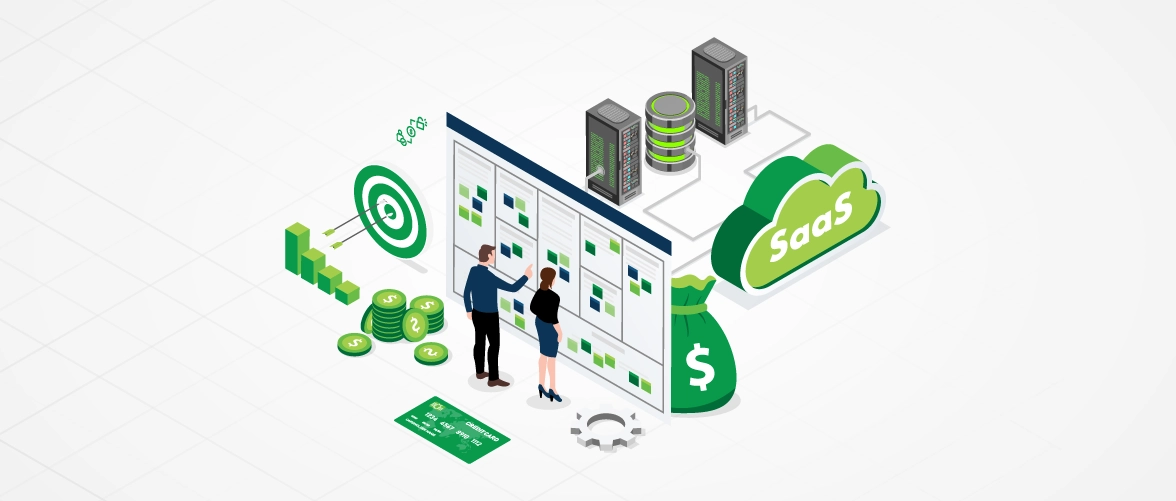What Are The Different Types Of Saas Business Models?
27 Apr 2024

Software as a Service (SaaS) is becoming increasingly popular in today’s tech-driven world. Businesses of all sizes are taking advantage of this innovative model, but with so many different types, it can be hard to decide which is suitable for your company. This blog post will explore the various SaaS business models and give you an overview of their features and benefits. We will also discuss the challenges associated with each type and how you can overcome them to make the most out of your SaaS venture. Read on to learn more about building the perfect SaaS business model for your needs!
What Are The Different Types of SaaS Business Models?
There are five main types of SaaS business models: freemium, flat pricing, usage-based pricing, tiered pricing and hybrid pricing.
1. Freemium
Freemium is a SaaS business model where users can use the basic features of the software for free but need to pay to access premium features. This is a popular model for many consumer-facing applications, such as Dropbox and Skype.
2. Flat Pricing
The most popular pricing model is flat pricing. This means customers pay the same price regardless of how much they use the product. The benefits of this model are simple and easy to understand. Customers know exactly what they're getting and how much they'll pay each month.
Another advantage of flat pricing is that it's predictable and easy to budget for. Businesses know precisely how much revenue they'll generate each month, making planning and forecasting easier.
The downside of flat pricing is that customers who use the product heavily may feel like they're overpaying, while those who use it sparingly may feel like they need to get their money's worth. To combat this, some SaaS businesses offer tiered pricing plans where customers who use the product more pay more than those who use it less.
3. Usage-Based Pricing
Usage-based pricing is one of the most common types of SaaS business models. In this model, customers are charged based on their software usage. This could be measured in terms of the number of users, time spent using the software, or some other metric.
This pricing can benefit customers, as they only pay for what they use. It can also be suitable for businesses, as it can encourage customers to use the software more (and thus generate more revenue).
However, usage-based pricing can also be complex to set up and manage. And businesses need to carefully consider how they structure their pricing plans to avoid leaving money on the table.
4. Tiered Pricing
Different SaaS businesses will have different ways of pricing their services. The most common type of pricing is called "tiered pricing." Each level has a different price. For example, a basic level of service might be free, while a more advanced level might cost more.
Tiered pricing is a great way to offer different levels of service to customers. It allows customers to choose the level of service that they need, and it helps to monetise the service by charging for the more advanced levels.
There are a few things to remember when using tiered pricing for your SaaS business. First, you must ensure that each level of service is clearly defined and easy to understand. Second, you need to ensure that each level's prices are fair and reasonable. Finally, you need to ensure that the higher service levels offer enough value to justify the price tag.
5. Hybrid Pricing
Hybrid pricing is a mix of the other three SaaS pricing models. It’s becoming more popular as companies experiment with what works best. In this model, you can charge different rates for different features. For example, you could have a basic plan that’s free or low-cost and then add-on features that cost more. This type of pricing can be complex to set up, but it can be effective in getting customers to use your core product while also upselling them on additional features.
Conclusion
In conclusion, many different SaaS business models exist to consider. Depending on the size and goals of your business, one particular model may be more suitable for you than others. Do your research, understand the pros and cons of each model, and make an informed decision that works best for you. With a thoughtful strategy, a SaaS model can benefit your business’s growth and income generation potential.